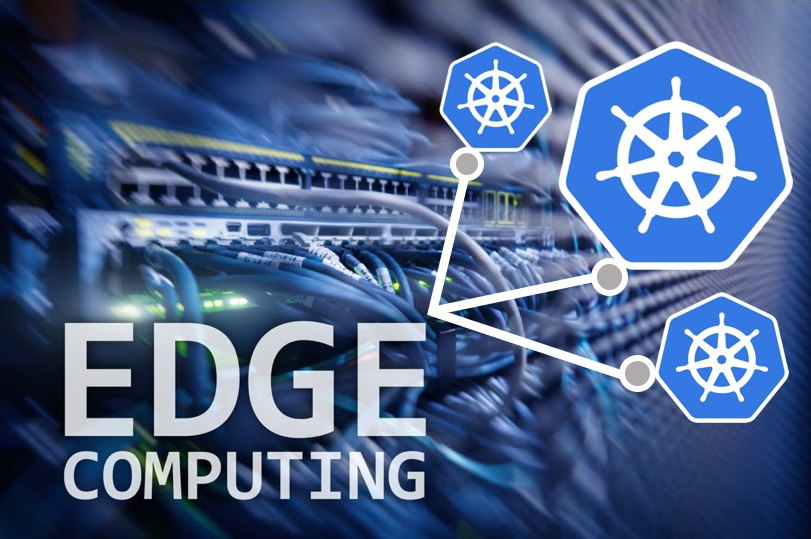Where to Install Kubernetes? Bare-Metal vs. VMs. vs. Cloud
One of the things that makes Kubernetes so powerful is that it can run virtually anywhere: On bare metal servers and virtual machines, on-premises or in the public cloud. (These are overlapping categories to an extent, because an on-premises cluster could be hosted using bare-metal servers or virtual machines.) Yet the fact that Kubernetes can […]













